We need to control our salt intake for better health, but how do we know if we are getting it right?
We all need some salt (sodium) in our diet, as it is essential for our body processes. However, the issue for most people is that they get too much. One of the biggest issues with excess salt intake is that it increases hypertension (blood pressure), among other things. See my earlier article on recommendations about salt intake here.
I find it helpful to have a quick method for deciding if something has an acceptable level of salt, particularly when looking at packaged foods in the supermarket.
Here’s how you do it:
First of all, don’t believe any claims written on the front of the label. Only trust the information you find on the nutrition label on the back of the package.
On average, a person needs to consume the following each day:
- 2000 Cal (8000 kJ) of Energy
- 2000 mg of Sodium (or less)
We can see that the Cal number is the same as the Sodium number – they have a ratio 1:1. That means that if every calorie we ate had 1mg of sodium in it, then that would be ideal.
So, the rule of thumb is this: make sure the Cal number is bigger than the Sodium mg number, and you can be sure that the sodium level is within bounds of a healthy limit.
Ratio is – 1 Cal energy to 1 mg (or less) of Sodium.
For example, if a product has 150 Cal of energy per 100g, then the sodium level per 100g needs to be 150mg or less.
Often in Aotearoa New Zealand, our labels only show kJ energy measurements. The ratio is 8000 kJ to 2000mg sodium, or 4:1. So for this calculation, you need to divide the number of kJ by four, and that number needs to be bigger than the mg of sodium.
Ratio is – 4 kJ energy to 1 mg (or less) of Sodium.
For example, if we are looking at a product with 430kJ of energy per 100g. 430 divided by 4 is about 110. So for this product to be healthy, the sodium level needs to be less than 110mg per 100g.
Here are some examples from real life labels:
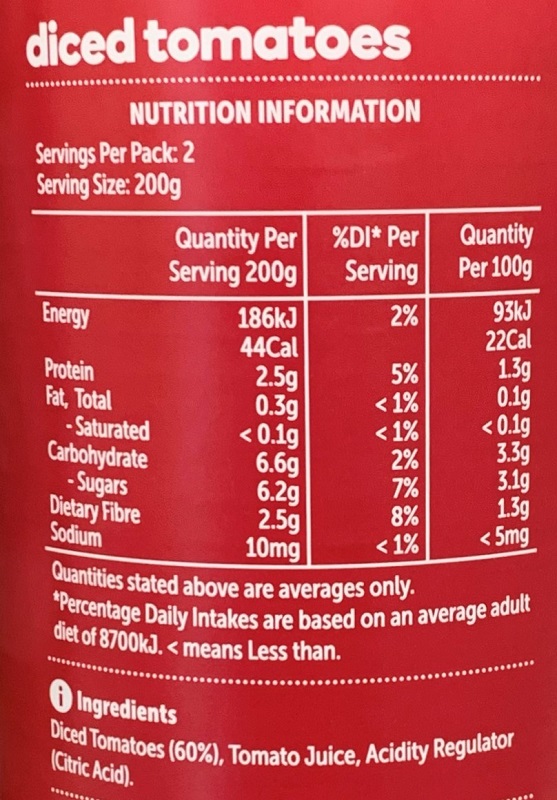
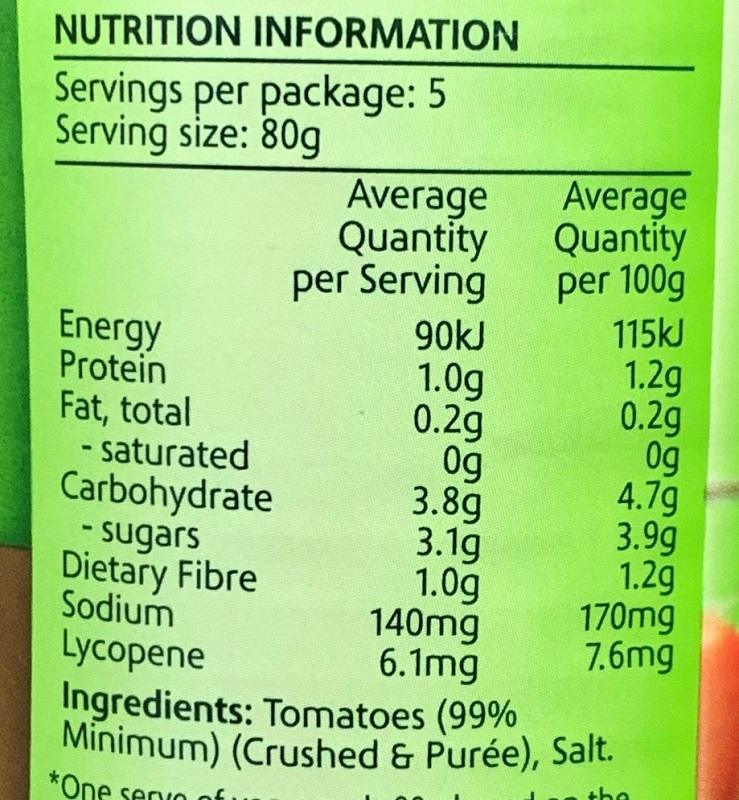
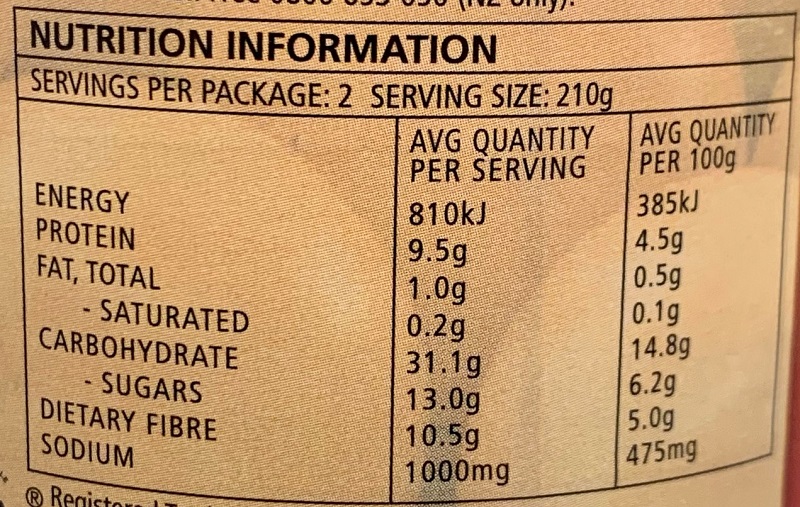
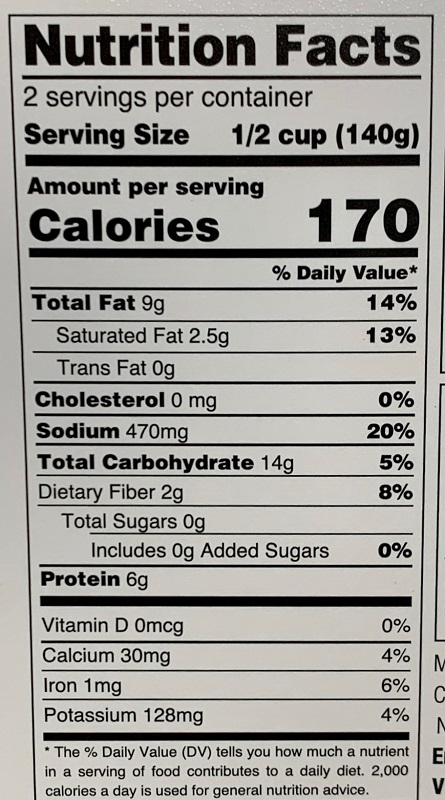
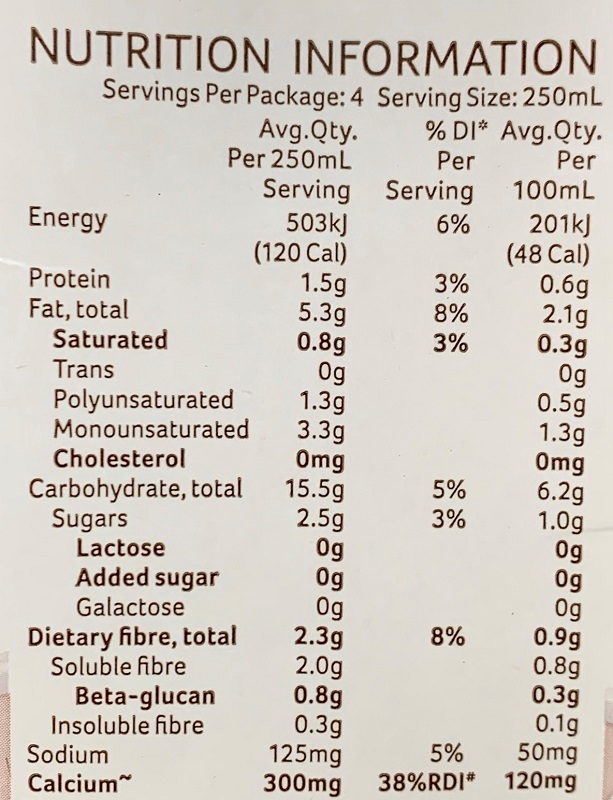
I hope the examples here make it easier to make good food choices for your health when you are looking at labels in the supermarket.
Please comment if you have any questions or helpful tips of your own. I’d love to hear from you
Here’s to your Abundant Health!
From Fiona 🙂
Main photo by Viki Mohamad on Unsplash








Recent Comments